Writers:
Sofie Pelsmakers and Dalia Milian Bernal, with year 5 architecture students Primesa Arapi, Jieun Bae and Krista Kailajärvi
Video link https://www.youtube.com/watch?v=FUc2h8k0dYc
Everything needs to change is the main title of a co-edited RIBA volume that Sofie Pelsmakers and Nick Newman (an ex-student of Sofie’s and now a well-known architect-activist in the UK) guest edited in the past year, focusing on solutions to the current climatic, environmental and social challenges we face. It was commissioned before the pandemic changed the world as most of us know it.
Since then the connection between nature and humanity has become even clearer: every minute of the day our human activities extract resources from our surroundings that pollute the rivers, the air we breathe and the land we rely on. Typically each architectural project contributes to this exploitative world. The facts are clear about how our industry contributes to the climate crisis: the design and construction of buildings uses around 40% of the EU’s energy and is responsible for around 36% CO2 emissions[1] as we still rely on the burning of fossil fuels to heat spaces and light rooms. Hence, the impact of our built environment on the planet is significant, but so is therefore the potential for change.
The pandemic has also shown even more clearly how our built environment affects our health and well-being, and has made visible existing inequalities. Those of us lucky enough to benefit from a good quality living environment have found working, studying, schooling and socialising from home far less problematic than others who have been confined in lower quality environments (e.g. unadaptable spaces with inadequate (internal or external) space and natural light and/or compromised auditory privacy etc.).
Moreover, the decisions we make in Europe affects people and ecosystems thousands of miles away: our hunger for fossil fuels leads to low-lying countries being flooded and we drive deforestation in other countries with our demand for cheap building materials and biofuels that we ship half-way across the world. In making these decisions we not only ignore the ecological costs, but also the human cost by ignoring the lower environmental standards and human rights of political regimes we implicitly support. We clearly have a local but also a global responsibility as citizens, yet we seem to ignore this when we enter the architecture studio.
Sustainability through seven lenses
In the new Sustainable Architecture masters course, we tried to open up discussion about these issues, and to co-create a renewed understanding. We learned that sustainable architecture is not a building typology; it is not about ‘eco bling’ thoughtlessly applied on roofs or in homes. Sustainable architecture need not be a building at all: it may very well be the decision not to build one in the first place. Sustainable architecture is first and foremost a critical attitude and new way of thinking about our living environments and local and global contexts.
As Jieun Bae, 2020 Sustainable Architecture course alumnus, reflects: “During my study of sustainable architecture, the best lesson is that there is no such a magic rule that makes my design sustainable. There is only a rule that good sustainable designs come from context-specified and comprehensive approaches.” And “As a future architect, it is important to know how powerful the building designs can be and be responsible to take one more look to make them better.”
Reflection on sustainable architecture education by Krista Kailajärvi
“It makes me happy that we have a course completely devoted to sustainability issues. A lot of times sustainability seems to be run over by aesthetical or even more often financial goals. During the past years sustainable solutions have became part of almost every assignment we have at school. However, we don’t get quite enough education about them. A lot of times making sustainable choices means we have to find out about them ourselves and even then, most of it still is just guessing if the means are actually good. Sometimes independent studying seems to be just an excuse for not having to teach everything the course brief tells we will learn.
The course on sustainable architecture was enlightening. It revealed the complexity of this issue and how absurd it is just to think of it as numbers. Fair enough there are emission goals and energy usage that can be easily measured. But there really is no objective way of measuring quality of life, long haul effects on biodiversity nor the health of the community as whole. The first step is to acknowledge the issues that often are disregarded and that is something this course really was good for. But even that is no good if we aren’t given enough means to make a change.
I think the most frustrating thing about sustainability is that we’re told about it but aren’t given enough tools to fix things. We need more knowledge about the construction solutions, their costs and their benefits. We need to be taught to make arguments for those better solutions. We need more cross faculty courses so we can learn to interact and cooperate with the specialists of other fields on construction. Too often we are told that we are the ones that need to make the difference, but I don’t think it needs to be that way. We are all in this together.”
More than a check-list to design sustainable architecture we encouraged students to broaden their conception of what matters in architecture and to analyse it through seven lenses and the constant evaluation, reflection, iteration and revision of our work. This firstly included the perspective of why sustainability matters (lens 1, see the students’ video), people matters (2), the contextual environment (3), (passive) design decisions (4), material matters (5), holistic design (6) and the importance of ‘feedback’ in design (7).
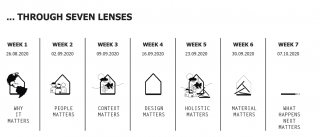
At first, we studied these lenses separately and later interconnected with one another. During the course, we invited students to seek reliable information and make informed decisions based on evidence and motivate them to trust their observations and experiences of the environment around them as a source of knowledge. We asked them to view the world around them through these lenses, ground any new knowledge on their everyday life, and share their reflections with us and each other. Through thought-provoking lectures, readings and other material, and a diversity of activities (like small group study café’s based around each lens), the course aspired to create a new narrative about sustainable architecture and remind us not only of what matters but also why it matters.
In doing so, we tried to represent a renewed understanding of the role of architects within society and a change of attitude towards our relationship with the planet, its living and inert organisms, and its resources – as well as towards the education of architecture. This renewed understanding and change in attitude were at the heart of the new course.
Going forward, the course is also a dynamic undertaking and it will change as discussions and realities shift under external and internal influences. When students in earlier years of education gain more knowledge in this area, we can also leap forward in the masters course. In 2020 the course was mostly taken by final year students in a 7 week period, but in 2022 it will return for 4th year students over a 14 week period. Primesa Arapi, 2020 course alumnus, is one of several students in favour of this shift: “Ideally, I would prefer to have taken the course in the first year of my masters, which would give me a new pair of eyes to look at all the other courses to come.” Primesa also found the study café essential and would liked to have been able to enroll on each one and even suggests opening it up to a wider body of students (including those outside architecture): “Reading, watching, learning, and working in diverse groups has opened the door for me to a broader perspective and has provided me with a starting point to get involved with the approach.” Indeed, diversity brings different perspectives that helps us take leaps forward to achieve the needed change. As Pelsmakers and Newman write in ‘Everything Needs to Change’: “the same people that created, benefited from, and upheld the current extractive system are unlikely to be the ones to change it.”
Primesa further reflects: “education plays a big part in developing (or not) the skillset and know-how of architecture students who are eager to learn a better way of working and need a trigger for opening their eyes to the bigger picture. The information we get out of the higher education, directs our interests in working life. Unfortunately, if we are not introduced to this through our studies, we are likely to be lost in the practical world of business and construction and obtain (their) generally accepted principles as righteous and important. In this manner, the Sustainable Architecture Course was one of the most important courses for the master’s program of my choice, which addressed directly and concretely the sustainability field, providing material, working medium and guidelines. ”

Diagrams by Primesa Arapi for the Sustainable Architecture course
Making a difference, together
Architects around the world have come together to instigate change with individual and collective action. In Finland a local Architects Declare was established, there is the You Tell Me Collective of architecture students at Aalto University and at Tampere University we also just kicked off a Finnish sub-group of the UK’s Architects Climate Action Network (more resources coming later in March). Much needs to be done, because most architects or educators (and therefore by extension, students as future architects) do not yet have all the skills to change the current exploitative practices. In the past year, researchers in the ASUTUT Sustainable Housing Design research group have re-doubled their efforts to bring these issues to the foreground. We have realised that ‘everything needs to change’ indeed means everything about current housing production, how and what we teach and how we must practice architecture with greater inclusivity and empathy for a diversity of users and non-human species, as well as the public and a global responsibility to the planet.
Jieun also reflects how one course on its own is not enough: “I think that sustainable thinking should be part of every course. What this can do is helping students to think once more with a sustainable approach in every design stage in every school project, and to learn what is sustainability and what is a sustainable choice.” We agree with this, and our ARCH4CHANGE project is a starting point and aims to create change in architectural education. The project received EU funding and, together with Taltech in Estonia, AAA in Denmark, UniBo in Italy and TUDublin in Ireland, we are creating an open access digital ‘climate emergency’ curriculum for (and with) each year of architectural studies, alongside a teacher training toolkit. We are only in the early stages (content will appear in 2022 and 2023) but you can find out more here.

In the meantime, join us to be the change that we need to be (more links will appear soon mapping events, resources, news, up-skilling courses and links to organisations.
[1] EC, (2019), New rules for greener and smarter buildings will increase quality of life for all Europeans, https://ec.europa.eu/info/news/new-rules-greener-and-smarter-buildings-will-increase-quality-life-all-europeans-2019-apr-15_en

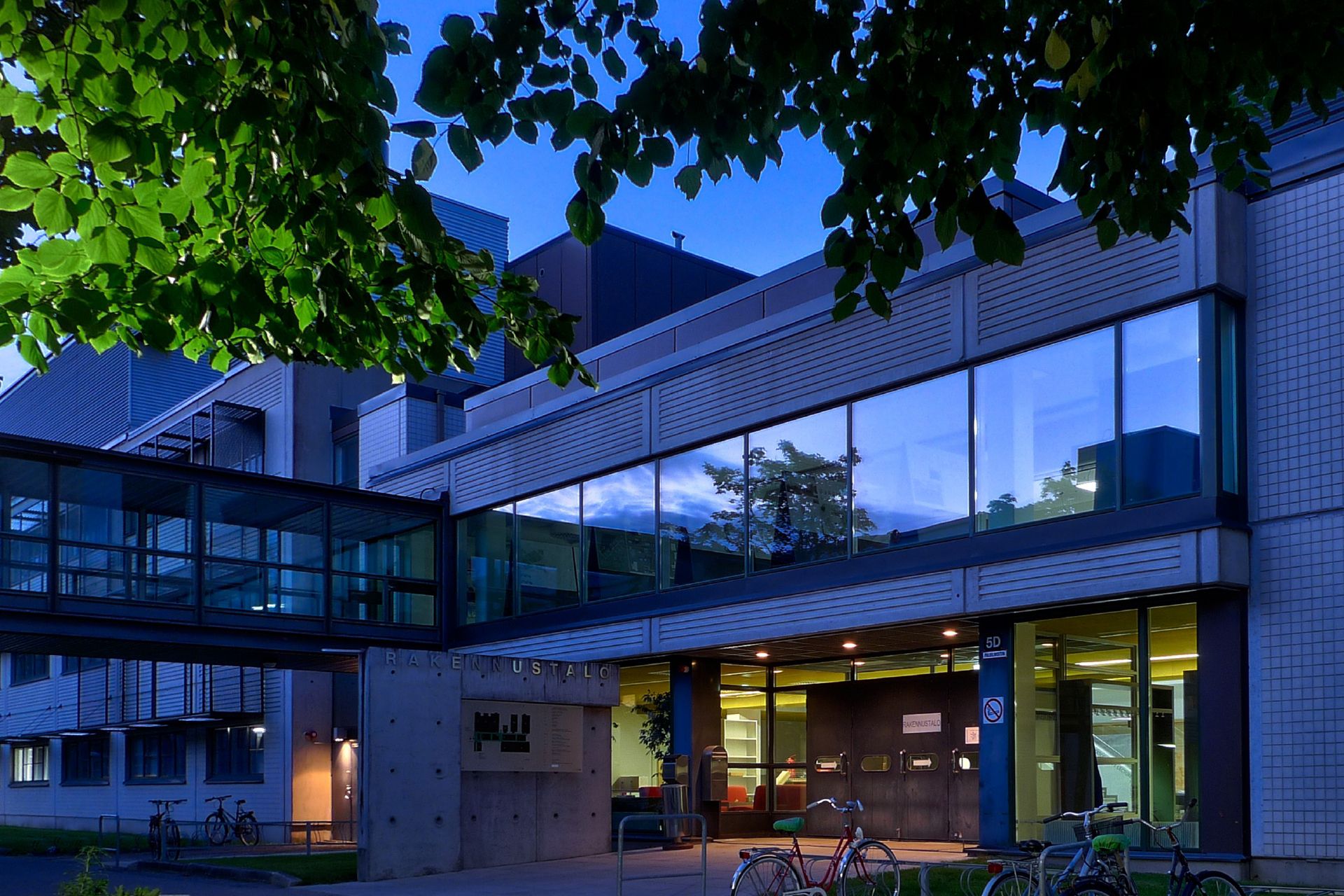
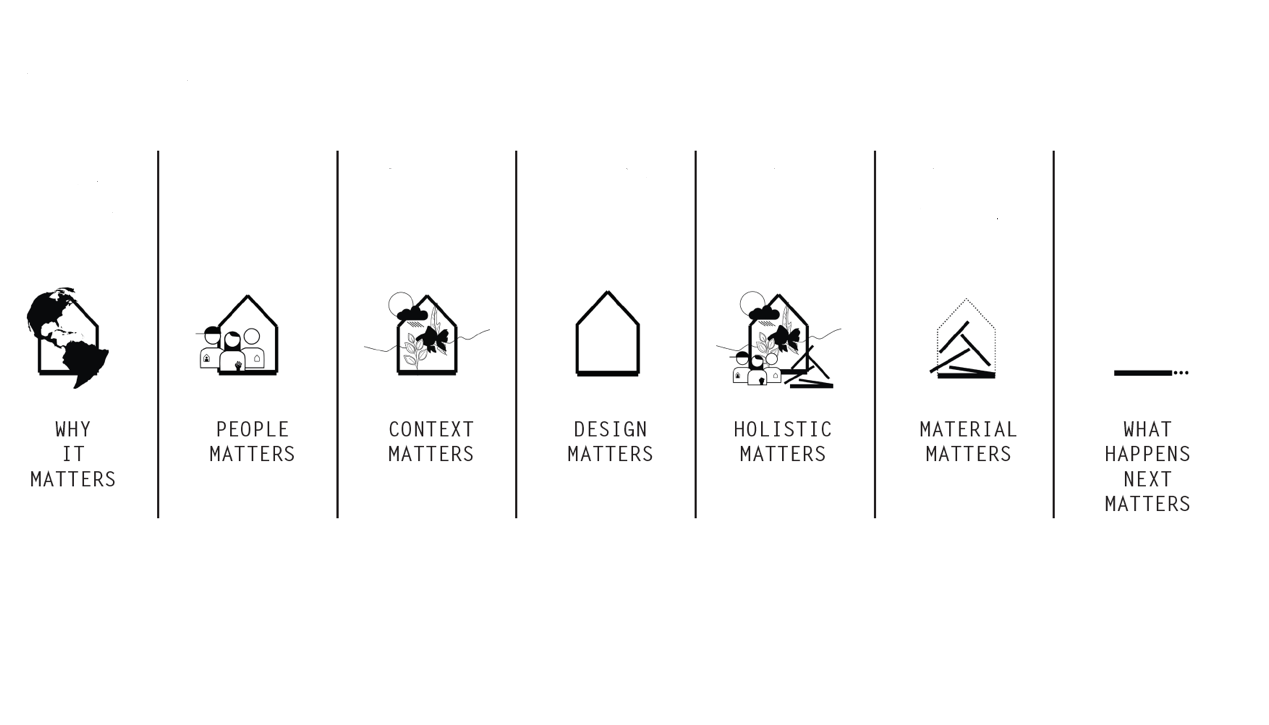
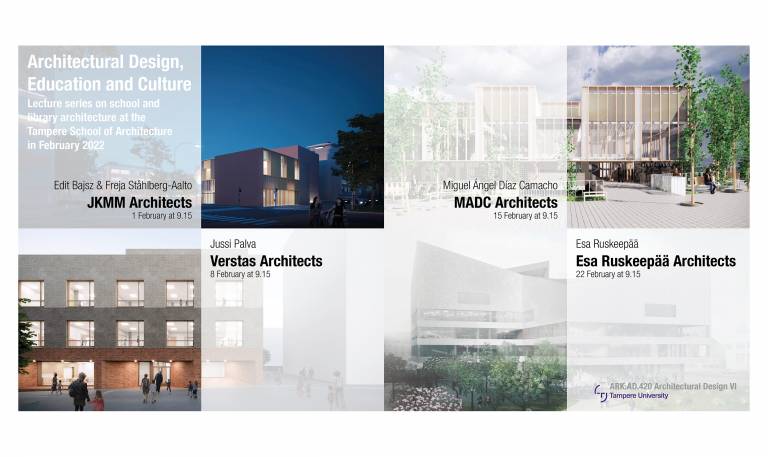
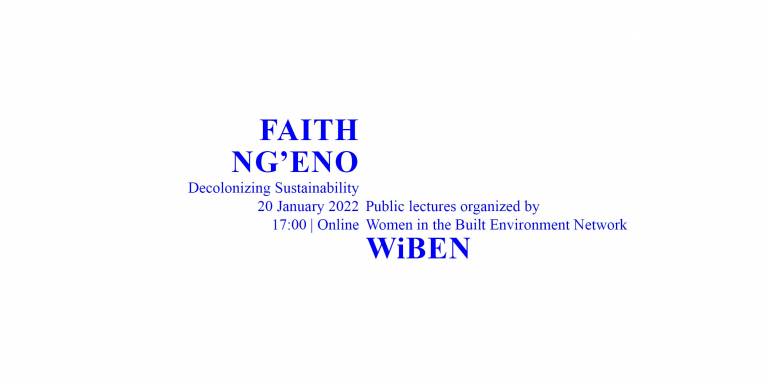
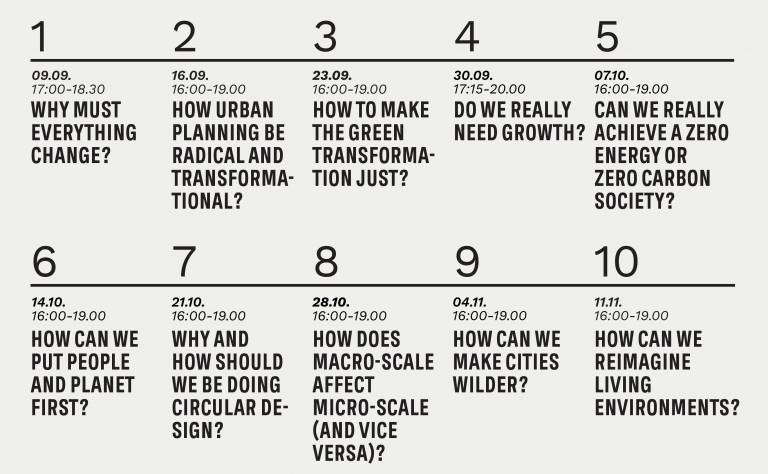
Kommentit